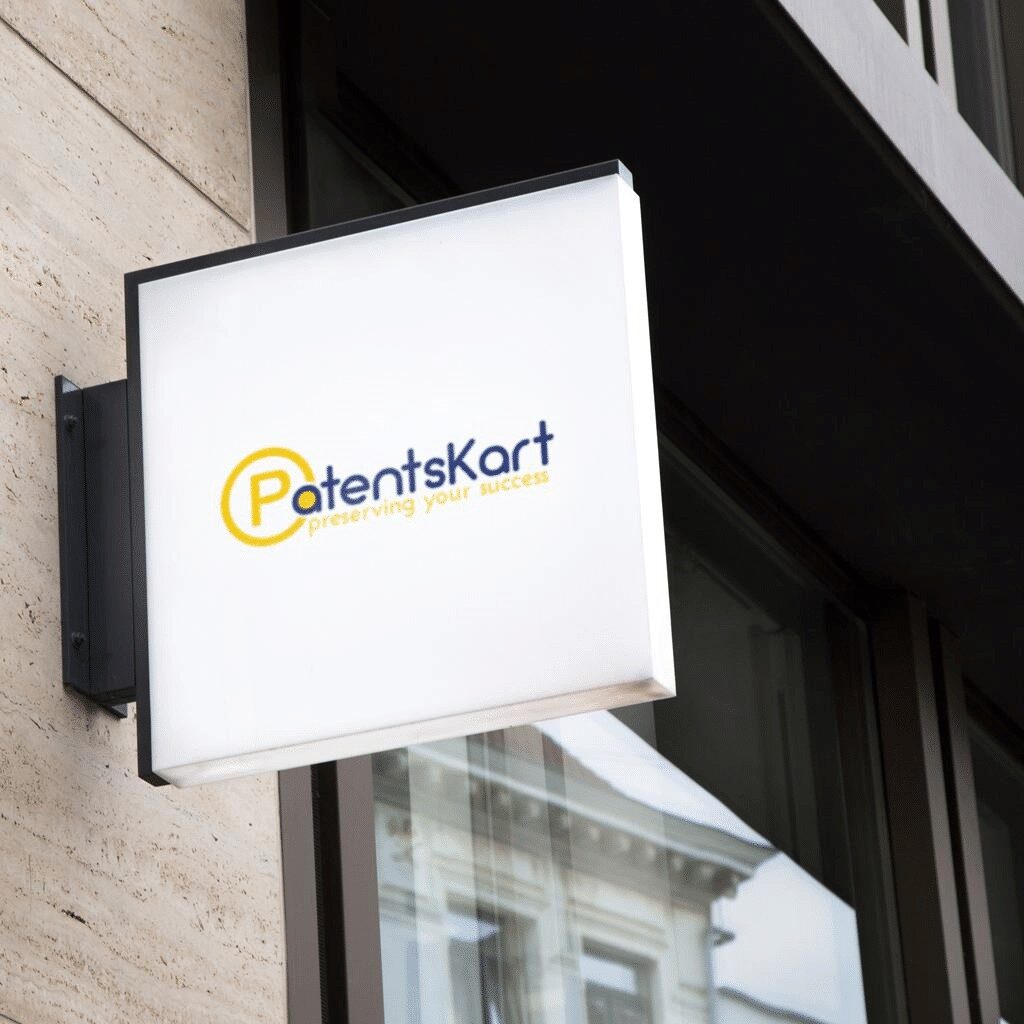A mini landscape to evaluate your ideas
A mini landscape to evaluate your ideas

Skilled Technical expertise

Quick turnaround time

Competitive billing rates

Output on superior analytic tools

A state of the art search helps validate the potential of your invention by providing a comprehensive overview of existing technologies in a specific domain. This prior art search and patent landscape analysis identifies current trends, existing solutions, and innovation gaps, enabling informed decisions for R&D, patentability assessment, and IP strategy.
A state of the art search enables organizations to identify new avenues for research and development. It involves a comprehensive patent and prior art collection search, providing insights into existing technologies and highlighting opportunities for innovation, technology advancement, and IP strategy planning.
Our state of the Art search provides a technical breakdown of the key patents in the technology of interest, along with insights into the latest developments in technology, key players, and market trends.
At PatentsKart, State of the art search service, we sufficiently narrow the surface area to be covered and go in-depth to answer some specific questions proposed by the business, R&D, or legal team regarding a particular technology.
Our search and analysis experts engage with you in a number of critical instances that call for your particular attention and expertise. A State of the Art patent search is identical to the patent landscape where both help guide strategies and give client a competitive edge over other market players and have a broad scope that includes a comprehensive search and review of all patent and non-patent literature in the chosen segment of the client.
We encourage all business plans to be driven by an Intellectual Property strategy as we can formulate an IP strategy without executing an adequate State of the Art search. A State of the Art search also permits an organization to define their current competitors, possible partners, study past work in the appropriate technology, arising development learnings, and existing opportunities or threats to their business.
We are leveraging diverse industry experiences.
We offer a results-driven, flexible and scalable approach that will allow you to reach your goals.
Multi-lingual searches Chinese, Japanese, Taiwanese language
24-hour productivity capitalizing on time zone differences
Leverage our diverse industry experience
A state of the art search ensures that every patent applicant can clearly and completely describe their invention, enabling individuals with relevant technical expertise to understand and potentially reproduce it. By providing comprehensive disclosures and accessing detailed information in patent documents, innovators reduce the risk of patent application rejection, gain valuable prior art insights, and strengthen their patent strategy and IP portfolio.
Unlike general document repositories, patents are systematically organized by technology areas, making it easier to explore relevant prior art documents. Databases from organizations like USPTO and WIPO use International Patent Classification (IPC) codes to categorize patents by technology. Understanding these classifications allows innovators to quickly access all pertinent information related to their invention, supporting state of the art searches, patent landscape analysis, and informed R&D and IP strategy decisions.
In the digital age, accessing and retrieving patent information has become easier than ever. Most countries maintain patent databases containing documents for granted patents or pending applications. Innovators can efficiently utilize these resources to conduct prior art searches, perform state of the art analyses, and gain actionable insights for patentability, R&D, and IP strategy.
Many companies avoid publicizing their R&D work in journals or bulletins to protect sensitive information. However, once an invention is patent-protected, it is publicly disclosed in patent documents, granting the company a temporary monopoly. Innovators can leverage this information through state of the art searches and prior art analysis to gain competitive intelligence, identify innovation opportunities, and inform their IP strategy.


Before entering a new field, a State of Art Search should be done to get a precise picture of the latest results and the field areas sought earlier.
A State of the Art search can be valuable for organizations already engaged in a particular area to decide the most appropriate future path .
The State of Art search is applicable in two situations:
Objectives of Our State of the Art search
There are two significant possibilities when a state of the art search is carried out:
Joining in a new technology area- Imagine your business is looking to set foot in, develop or finance in a whole new field. In that case, it 2019s beneficial to carry out a State of Art search to have an exact picture of the continuous expansions, arising trends, and the previously examined concepts in the appropriate technology area. This, in turn, can help specify pertinent information either in favor or against any business find you expect to undertake, such as competitiveness, threat factors, and profitability about the technology of interest.
Narrow the research & development path- A business vigorously working in a distinct domain, the State of Art Search studies can decide the most appropriate future route for their research by analyzing the most delinquent results in the field or past revaluating creations. It could also assist in creating a product in comparison to already existing prototypes.
Every business plan is encouraged by us as you can 2019t formulate an IP strategy without executing an adequate State of the Art search. Our State of the Art search also permits an organization to define their current competitors, possible partners, study past work in the appropriate technology, arising development learnings, and existing opportunities or threats to their business.
We will Answer your Questions, Scope your Project and Ensure Quality Results,,,Book Appointment
Types of State of Art Search
State of the art searches takes four forms-
Novelty search
A novelty search helps the creator determine if the invention is new before the creator dedicates the resources required to get a patent and before an originator files a patent application.
Validity search
A validity search is accomplished after patent issues, the objective of which is to find prior art that the patent office ignored. These can be good for competitors who challenge the validity of a granted patent.
Clearance search
A clearance search is a search of issued patents to notice if a given product or process infringes on someone else 2019s existing or pending patent(s).
Landscape search
A landscape search delivers a high-level view of the technology space. It is usually conducted to comprehend the lay of the land when joining a new technological area, including current trends in technology, competitors, filing activity, and white-space or adjoining technologies.
State of the Art search (SOA) directs to information already existing in the domain of public, patent, scientific literature, or any existent product. The state-of-the-art investigation is conducted to attain a broad view of a particular technology area. Relying on interest, this search type can protect patents worldwide or from a specific geographical area. These searches are comprehensive but not as wide as a landscape study, which often handles a lot of surfaces but seldom goes in-depth. In a state-of-the-art search, our company adequately narrows the surface area to be covered and go in-depth to answer specific questions business, R&D, or legal teams pose concerning a particular technology. An SOA search aims to have a bird 2019 eye view of the present standing of a distinct technology area.
The main reasons behind getting a State of the Art Search Collection search done are:
A Machine Learning algorithm is a method of interpreting data. A neural network is an algorithm that gives information the same way a human brain does. For example, a neural system can glance at images and identify certain elements, like pixel colors, and set them according to their appearance.
Neural networks are created up of nodes. A node is an individual assessment where an algorithm demonstrates the significance of input data. The totality of that data is then passed through the activation function, which ends what, if anything, is done with the product.
Consequently, neural network technology is more helpful to organizations large and small, addressing it as a top target for intellectual property protection.
Machine learning has come to a usable form, from simplistic practice designation to hitting top professionals. Machine learning is a phrase that contains algorithms that use statistics to find and use patterns in digitally saved data, such as words, images, and numbers, etc.
Apart from the ethical and moral matters enclosing this technology, it is essential to hover the subject of the protection of inventions developed through this technology. Like how individuals learn to find ways from a given data set, the machine combines the data provided and ultimately considers models and forms plans. While traditional programming possibilities with a group of instructions involve data to create the desired output, the computer is left to examine the preexisting outcome to develop a set of instructions to apply to the wanted data on its own in machine learning.
The utilization of our problem is the application of this technology for imagination. Machine learning and neural networks have evolved widespread among scientists to formulate their inventions.
This technology has especially become successful in medicine and pharmacology, where a new class of diagnoses, procedures, and medications are being developed by machines or with the help of such devices. With the advances in neural networks, creativity will only increase.
Machine learning algorithms themselves are patentable beneath being analytical techniques. This means that inventions that use the algorithm to create a pattern or a combination of values for specific variables for creation cannot be patented.
Here are the best measures you should abide by to do a patent search via the USPTO or other online patent search tools –
Find the appropriate CPC classification using your keyword
Once you find the CPC type that is most suitable for your invention, you can explore deeper and search for the patent documents identical to your creativity.
Explore the patent documents of both issued patents and published patent applications with the most suitable CPC classification you earlier recognized.
When using other online patent search tools to direct a global patent search, you will uncover that many of them will equip you with both the connected issued patents and the published patent applications within one search. In addition, you can fast check down your search scope for more precise results with advanced filters.
Dig more in-depth for more related patents by using the sources of the prior art of the many appropriate patents from your search.
Once you have discovered the most similar patent applications and issued patents, you can expand your search scope by examining their forward and backward sources. Again, glancing through the sources and the prior art layer by layer can help you get the most comprehensive results.
Repetition of the process to dig deeper and broaden your search scope.
To widen your search scope, glancing into the non-US patents and non-patent literature in other authoritarian patent offices is essential.
United States-13521, 58th St. SE Snohomish, WA – 98290, USA
INDIA - PatentsKart B1, Netsmartz House, IT Park, Chandigarh - 160101
Copyright © 2024 Patentskart. All rights reserved